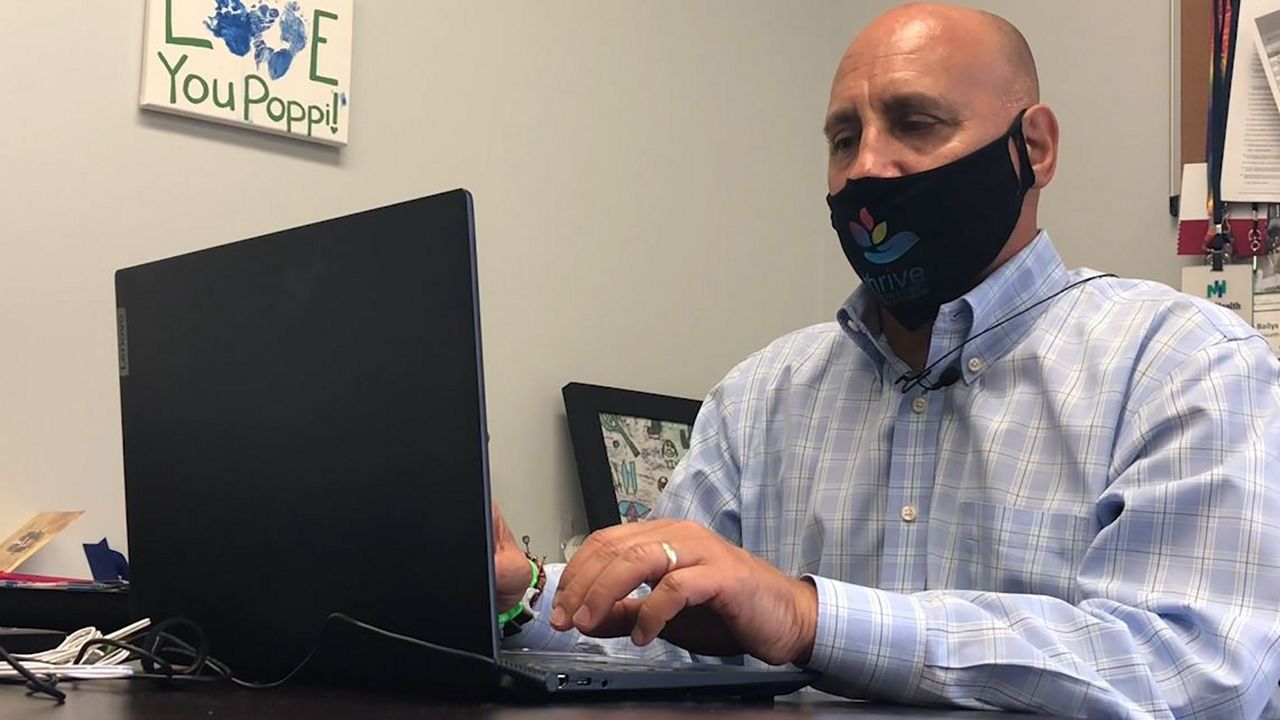CUYAHOGA COUNTY, Ohio — The coronavirus pandemic has made the opioid epidemic worse.
Brian Bailys knows the importance of the work he’s doing leading Thrive Peer Support, an organization helping people suffering from addiction. The organization is funded by the Alcohol, Drug Addiction and Mental Health Services (ADAMHS Board) of Cuyahoga County.
"The genesis of this concept really started with my experience in treatment. And realizing that it took a village to help me get back, and peer support was absolutely instrumental in my recovery," said Bailys, the CEO.
Thrive offers peer support to those in recovery, but overdoses and relapses have increased as COVID-19 takes a toll on people’s mental health.
"The stresses are work related. How am I going to make it? I’m alone. I’m scared. You know, people are so afraid of the unknown."
Thrive was given about $3 million to bring recovery support to several hospitals. Those services are now through Telehealth and other virtual platforms.
“Ideally we would like to be there in person. Just for that initial engagement, but I think due to COVID and just all this that’s been happening, we’ve all kind of become zoom experts quickly,” said Justin Larson, director of Health Systems and a peer recovery coach.
Cuyahoga County reported Thrive was one of several organizations and projects to receive part of the $23 million the county released in the first wave of funding
Chief of Special Operations Brandy Carney said some projects saw some delays because of the pandemic but they are moving forward.
"We want to make sure that these dollars, these are one-time funds, and we realize that. And so that we get our best bang for our buck," said Carney.
Carney said the money is also being used for a diversion center to keep non violent addicted people out of jail, creating more recovery beds, care for foster children, and preventative education among other things. She adds the county received the first month of metrics and is currently reviewing how effective the funds have been so far.
“We’d like to have some opportunity for sustainment. You know, you don’t want to hire people and have no sustainment. So we want to make sure some of those plans are there so we can continue these good programs."
As Thrive puts its money to use at a time when it’s vital, Larson hopes more people can recover from addiction the way he did six years ago.
"Just to see someone come in broken, busted and disgusted, and to see them go through this transformation to where they’re getting all their children back, the trust of their families and they’re becoming a productive member of society," said Larson, "You can’t put it into words sometimes. It’s remarkable."
Cuyahoga County was one of 2,500 local governments to bring lawsuits against drug makers and related companies in cases consolidated in federal court in Cleveland. Most of those cases are awaiting trials or settlements.



